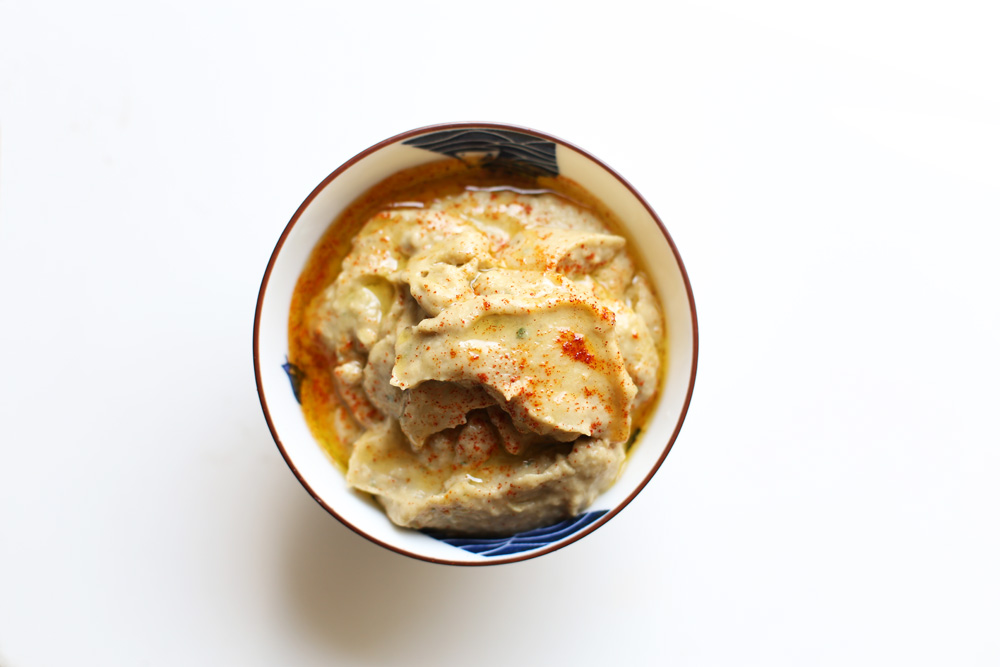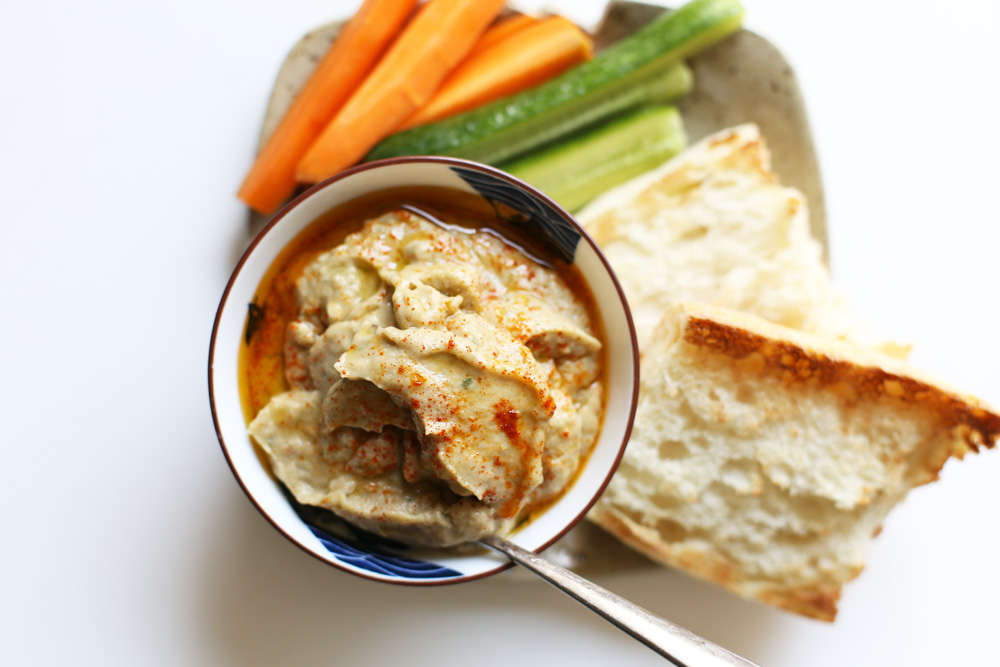
What I’m up to these days:
Reading Swing Time. I am a slow reader, which is to say I love to read so much that I feel depressed once the book ends. This is a real feeling.
I bought a print from The Paira Birds on etsy. Superb graphic artwork and if you’re looking for stuff to adorn your walls, definitely worth a looksie.
Scrolling up and down. My favourite new food media website coming out of India at the moment is The Goya Journal. Beauty drips from every page as does homesickness. I wish I was there.
Cleaning the house. I smell like bleach.
Thinking. A lot about how I can shine the spotlight on other people of colour in the food blog world. Hear me out: My blog has a tiny readership compared to some of the people I follow but still, I try my best to adapt recipes more inclusively. What if other bloggers that have a lot more followers on social platforms did the same? You get to choose which brands sponsor you right? You also get to pick whom you want to advertise, RIGHT? Well then take that privilege and do the same thing with small brands and small businesses run and owned by African-American and other POC. Here’s the catch though: Do it for free. Yes, I get it that you’re a business and you have to make a living but what do you have to lose? Recently I reduced my instagram consumption and followers a lot and the main reason was that I felt that none of them were doing their part to elevate the voices of marginalised people in their community. It honestly felt like everyone was sticking to their cliques and doing nothing to bring more diversity to the circle. So I quit them and curated my feed to amplify more voices and more perspectives that did more than just revolve around white walls and big talk.
I get it, guys. It feels like we’re making a difference by getting on our devices and typing our outrage over the news. Centering yourself achieves nothing except allowing the status quo to continue. If you are white, it’s more of a challenge to go out an seek voices that are not like your own, backing up and letting them do the talking. It’s been a few years since I’ve consciously only bought books by Indian, African-American and other POC authors. It’s not all I read but it’s a large part of it. If I hadn’t made the shift, I would have stuck to what media publications have shared as the “bestsellers”.
Using this same idea:
1) Reevaluate what you consume and to whom you’re giving power with your money.
2) Share cool products and projects from POC on your social feeds. If any of my food blogger friends are reading this, my challenge to you is to shine the spotlight away from you and onto someone else who isn’t represented well in food media. Do this at least once a week. We are a creative lot and I have faith in your ideas and ability to do so respectfully by allowing them to tell their story.
3) If you’re the kind of food blog that makes lists of links and stuff, feature POC in them and do it on purpose.
4) Introduce the brands you work with to other POC creatives in your field. There are so many big talents out there who won’t get the same exposure as white creatives do because say-it-with-me “the colour of their skin”. Think about who is getting to define what is and what isn’t mainstream and shatter those norms.
5) If you have web developer skills or advanced skills on running a blogging business, email a POC-business or blogger and ask them if they need ideas or help on how to build their audience. Clue: DO IT FOR FREE. If you don’t have faith in your skills, connect and network people you might know.
6) If you’re a POC blogger, be unapologetically YOU. When I first started blogging, I mostly followed white American food bloggers and thought I had to be just like them to be cool. They were amazing at what they did and I respect their work but even if I modelled myself exactly like they did, there’s no way I would get away with it. If you grew up in post-colonial India, you know what I’m talking about. We have been taught that Indian culture(s) on their own are inferior when squared up against the European way of life. I think it took me a while to realise – through food – that it wasn’t the case at all. Food was the centre of me realising that my identity wasn’t conditional on what white culture thought of me. Shedding these layers comes with other truths we might not want to face but it also comes with the freedom to be ourselves. If you own your identity and the ideas that come with it, I promise you will be a creative force to reckon with.
7) Food is culture. I really don’t care if you cook Indian food for your blog but I am definitely interested in your connection with it. I think if you’re open and honest about it, I am more likely to appreciate your work and come back for seconds. With recipes being just a Internet search away, we have a responsibility to seek blogs and voices that are representative of that part of their culture. If you want to make Bengali food that you ate at that one restaurant, email a Bengali food blogger or friend and run through the recipes with them. Even if you interpret the food differently, you will have made a new friend and learnt a lot about a place and culture you never would have thought of otherwise.
On that note, I would love to hear more feedback from you in the comments. I’m not sure how to solicit feedback but I’d love if you would think about it and let me know how you would increase or add representation of POC (especially women of colour) in and to your work. As always, be respectful and conscientious. Every person’s experience is difference and no one person ever represents the voice of an entire group. Please also realise that I am not writing this out because I feel like I’ve been slighted because I’m Indian. I like observing things as an outsider (it’s a former journalist thing) and some of my privilege allows me to do this. I wrote this down because it has been bothering me as an observer and I wanted food bloggers to stop missing what’s right under their noses. Thank you!

Spicy eggplant dip
This recipe simply requires you to cook the eggplant and jalapeno till charred. The rest of the recipe is just blending the rest of the ingredients together in a food processor or high-speed blender. On that note, you can cook the eggplant and jalapeno three ways which are explained in the instructions below. I’ve suggested cooking 1 whole jalapeno in the recipe but you will only use 1/2 of it in the final recipe. It’s just easier to cook a whole chilli and save the extra for another recipe. Suggestions? I used it in spicy af mac and cheese but a cheesy dip or salsa are great ideas as well. This dip lends itself to many interpretations (as does any recipe) and the most fun part would be the toppings! Top with fresh herbs like parsley or coriander or chopped olives. Mix in yogurt or fresh herbs for a more vibrant flavour. I think this serves 2 comfortably but it doubles easily and the more you have to dip, the better.
Ingredients
Serves 2
- 1 large globe eggplants
- 1 jalapeno (seeds removed for less spice)
- 1 garlic cloves
- 10 mint leaves
- 1 tbsp tahini
- Juice of 1/2 lemon
- 2 tbsp extra virgin olive oil
- 1/2 tsp salt (feel free to add more or less, if needed)
- 1/2 tsp smoked paprika, to sprinkle on top
Cook the eggplant and jalapeno in one of the three ways:
On a gas stove: Turn your stove on to medium. or medium-high and place the eggplant directly on to the burner. Using tongs, turn the eggplant every 3 minutes or so and keep doing so until the outside is completely charred and the eggplant turns very soft and seems to be collapsing. Place the eggplant in a bowl with a fitting lid or wrap tightly in aluminium foil. This will allow the eggplant to steam. Repeat the same with the jalapeno (it will take less time). Peel the eggplant and jalapeno (it’s okay if you don’t get every little piece of skin off).
On a charcoal grill (the method I used): Place the eggplant and jalapeno directly on the grates of a medium to medium-high heated grill. Cook the eggplant until the skin is charred and so soft that it seems to be collapsing. Cook the jalapeno until the skin is charred.
Place the eggplant in a bowl with a fitting lid or wrap tightly in aluminium foil to allow the eggplant and jalapeno to steam for 15 minutes. Peel the vegetables, removing most of the charred bits (it’s okay if you don’t get every piece of skin off).
In the oven: Set your oven to broil and line a baking sheet with aluminium foil. Put the eggplant and jalapeno on the baking sheet and put it in the top half of the oven. Cook the eggplant and jalapeno, turning them often until their skins char and the flesh turns very soft. The eggplant should be done in 15-20 minutes. The jalapeno will cook quicker than the eggplant so keep an eye out for that.
Once it’s done, take the baking sheet out of the oven and wrap the eggplant and jalapeno tightly in the same foil. Let them steam for 15-minutes. Peel the flesh of the eggplant and jalapeno leaving behind as much of the charred skin as possible. Discard the skin.
When you’re done with one of the above methods:
Blend the eggplant and 1/2 of the jalapeno (see notes on what to do with the other half) with garlic, mint, tahini, lemon juice, and olive oil until smooth. Scoop it into a bowl and add salt to taste. Sprinkle the paprika on top and drizzle more olive oil as well. Serve cold or at room temperature, along with bread, carrots or cucumber to dip.

*stands up and claps*
Edlyn! Thank you for your patience as I’ve been so behind with work—I’m just getting to comments, and found myself here, reading this post from 2017. I’m sorry I missed it then, but so grateful for all the action points you summarized here. I love each of these ideas, and how actionable they all are. It’s wild to see the profoundly intertwined elements of identity, work, and capitalism—and it’s part of why I barely accept products anymore. Thank you for further peeling back the layers, and issuing a clear call for how we can work together. I am with you all the way.